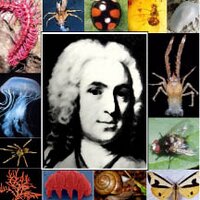
Manfred R. Ulitzka
@thrips_id
Entomology, Identification of Thysanoptera (Thrips)
ID: 3426782009
http://www.thrips-id.com 16-08-2015 21:41:45
1,1K Tweet
1,1K Followers
537 Following




















@thrips_id
Entomology, Identification of Thysanoptera (Thrips)
ID: 3426782009
http://www.thrips-id.com 16-08-2015 21:41:45
1,1K Tweet
1,1K Followers
537 Following


















